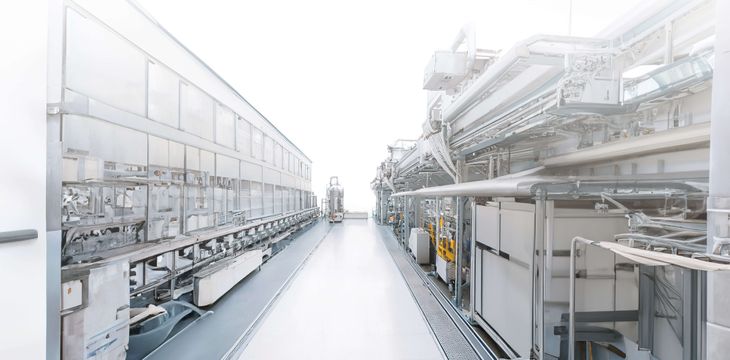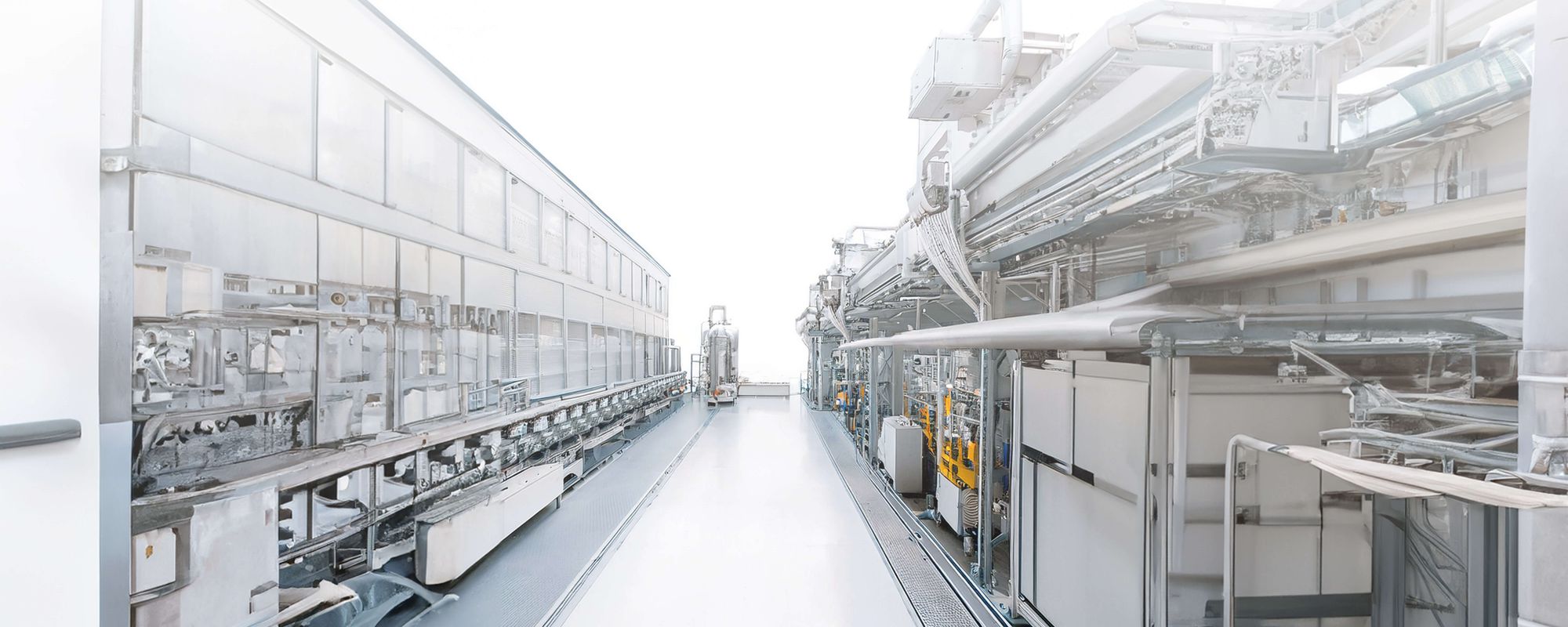REPORT | Building the Factory of Tomorrow | CHAPTER 1
The Blueprint for a Modern Smart Factory

Our latest report, Building the Factory of Tomorrow, offers an in-depth analysis of the core forces shaping modern industrial production, from the accelerated pace of technological innovation to the integration of human-robot collaboration in next-generation factories.
Download this detailed report to explore:
- Cutting-edge advancements in AI, Quantum Computing, and Hyper Automation that are impacting manufacturing processes.
- The impact of globalized supply chains and virtual collaboration tools in enabling seamless cross-border operations.
- The shift toward sustainable production models, emphasizing circular value chains and carbon-neutral practices.
This report provides valuable technical insights for engineers, industry leaders, and decision-makers seeking to leverage the latest innovations and strategic trends to enhance operational efficiency and remain competitive in a rapidly changing landscape.
Take a moment to imagine the factory of the future. What would that look like to you? What elements will it be based on? Will it be an evolution from existing factory infrastructure? Or will it be an entirely new type of factory? And what will drive the development of such a factory? These questions are not hypotheticals. Since the dawn of Industry 4.0, experts in the manufacturing industry have been digging deep, seeking to define the “Factory of the Future.”
Both Industry 4.0 and the subsequent Industry 5.0 usher in a new era of manufacturing marked by unprecedented connectivity, automation, and efficiency. This has given rise to the Modern Smart Factory, a nexus of cutting-edge technologies seamlessly integrated to optimize operations and drive innovation. For this chapter, we collated the works and insights of hundreds of experts and industry leaders and created a blueprint for the Modern Smart Factory.
We delve
CHAPTER 1
The Blueprint for a Modern Smart Factory
Our latest report, Building the Factory of Tomorrow, offers an in-depth analysis of the core forces shaping modern industrial production, from the accelerated pace of technological innovation to the integration of human-robot collaboration in next-generati ...
CHAPTER 2
Technology Enablers of Manufacturing Automation and Future Factories
Our latest report, Building the Factory of Tomorrow, offers an in-depth analysis of the core forces shaping modern industrial production, from the accelerated pace of technological innovation to the integration of human-robot collaboration in next-generati ...
CHAPTER 3
Applications of the Factory of the Future
Our latest report, Building the Factory of Tomorrow, offers an in-depth analysis of the core forces shaping modern industrial production, from the accelerated pace of technological innovation to the integration of human-robot collaboration in next-generati ...
CHAPTER 4
The Human Factor: Trustworthy Technologies and Workforce Upskilling
Our latest report, Building the Factory of Tomorrow, offers an in-depth analysis of the core forces shaping modern industrial production, from the accelerated pace of technological innovation to the integration of human-robot collaboration in next-generati ...
CHAPTER 5
Cybersecurity and Regulatory Compliance in Manufacturing Automation
Our latest report, Building the Factory of Tomorrow, offers an in-depth analysis of the core forces shaping modern industrial production, from the accelerated pace of technological innovation to the integration of human-robot collaboration in next-generati ...
CHAPTER 6




